108 megapixels: more smartphone camera revolution from Samsung and Xiaomi
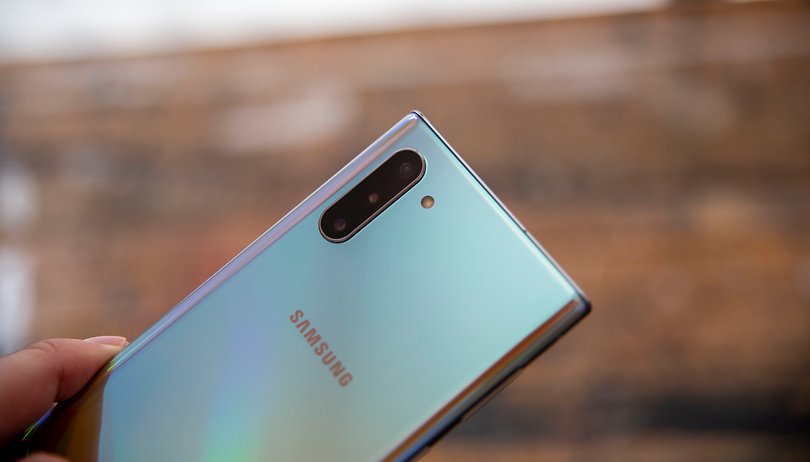

Read in other languages:
Is the megapixel madness starting all over again? Samsung's new sensor has an incredible 108 megapixels and is not stingy with maximum values. The camera revolution in smartphones is what Koreans have in mind together with Xiaomi.
The new sensor for smartphone cameras is called the Samsung Isocell Bright HMX and has 60 megapixels more to offer than the previous record for smartphone cameras. However, the 1/1.33-inch sensor will not take 108-megapixel photos as standard, but will combine the data from four pixels into one. The effective resolution is thus 27 megapixels. But if you want, you can also use the full 108 megapixels.
Samsung automatically adjusts the ISO value of the sensor according to the lighting conditions. How much influence the user has on this remains to be seen and will depend on the individual implementation and the software of the manufacturer. Fans of high-definition videos will love the ability to record 6K videos at 30 frames-per-second, as long as the smartphone has enough processing power and memory.
By now, the realization that high megapixel numbers are not alone responsible for particularly attractive photos should have generally prevailed. After the megapixel arms race that ran until the middle of the 2010s, the manufacturers initially scaled back the megapixel numbers again. For a long time, 12 megapixels were regarded as a sweet spot in which resolution and luminous efficacy balanced each other out well. Most recently, however, Chinese manufacturers such as Huawei have turned restarted the resolution race and used 48-megapixel sensors. Samsung had lagged a little behind the competition in low-light photography in particular, but this was also due to the pure sensor size and - especially easy to see with the Google Pixel smartphones - the software.
The alliance between Samsung and Xiaomi
With the new Samsung Isocell Bright HMX, Samsung will be back on top again, and that's why the Koreans have teamed up with Xiaomi. "For ISOCELL Bright HMX, Xiaomi and Samsung have worked closely together from the early conceptual stage to production that has resulted in a groundbreaking 108Mp image sensor. We are very pleased that picture resolutions previously available only in a few top-tier DSLR cameras can now be designed into smartphones," says Lin Bin, co-founder and president of Xiaomi. "As we continue our partnership, we anticipate bringing not only new mobile camera experiences but also a platform through which our users can create unique content."
"Samsung is continuously pushing for innovations in pixel and logic technologies to engineer our ISOCELL image sensors to capture the world as close to how our eyes perceive them," said Yongin Park, executive vice president of sensor business at Samsung Electronics. "Through close collaboration with Xiaomi, ISOCELL Bright HMX is the first mobile image sensor to pack over 100 million pixels and delivers unparalleled color reproduction and stunning detail with advanced Tetracell and ISOCELL Plus technology."
Source: Samsung







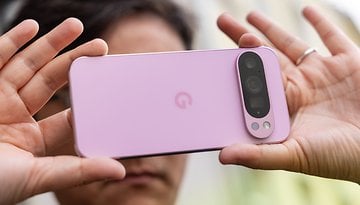
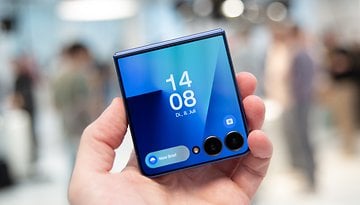

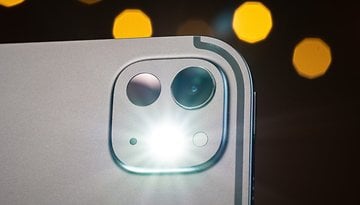
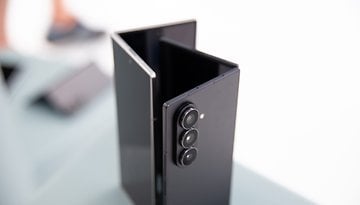



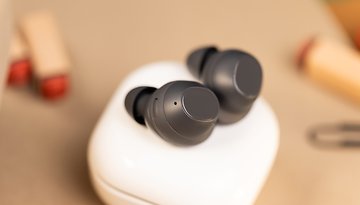
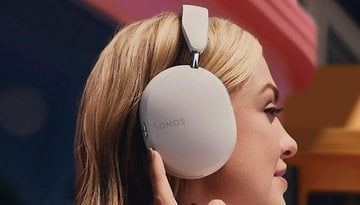
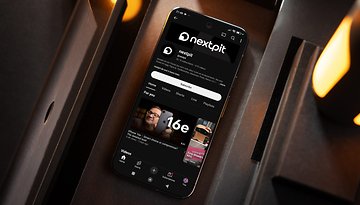


“My smartphone has made my DSLR redundant” ITotally agree Steffen......pssst what the heck is a DSLR
-
Admin
Aug 16, 2019 Link to commentI keep thinking that phones are for communication and cameras to take pictures
I thought Xiaomi and Samsung don't like each other.
Here we go again....Stuffing MORE sensors into a TINY surface area will not "improve" the photo, unless all you do is zoom & crop. THAT is the main advantage of more megapixels. Zooming into a photo, without losing a lot of detail. I'd rather have LARGER sensors, that more of them. When you stuff that many inside such a tiny surface, you also run the risk of increasing the signal to noise ratio (crosstalk), which the camera software will attempt to eliminate, which can impact the overall quality of the photo. Given the SUPER TINY size of these sensors, they should make them larger, but people would complain about having a huge "bump" on the phone, which would detract from their "sleek sexy color style" garbage. And, manufacturers know that consumers look for the "more is better" garbage anyway.
-
Admin
Aug 16, 2019 Link to commentMy point exactly